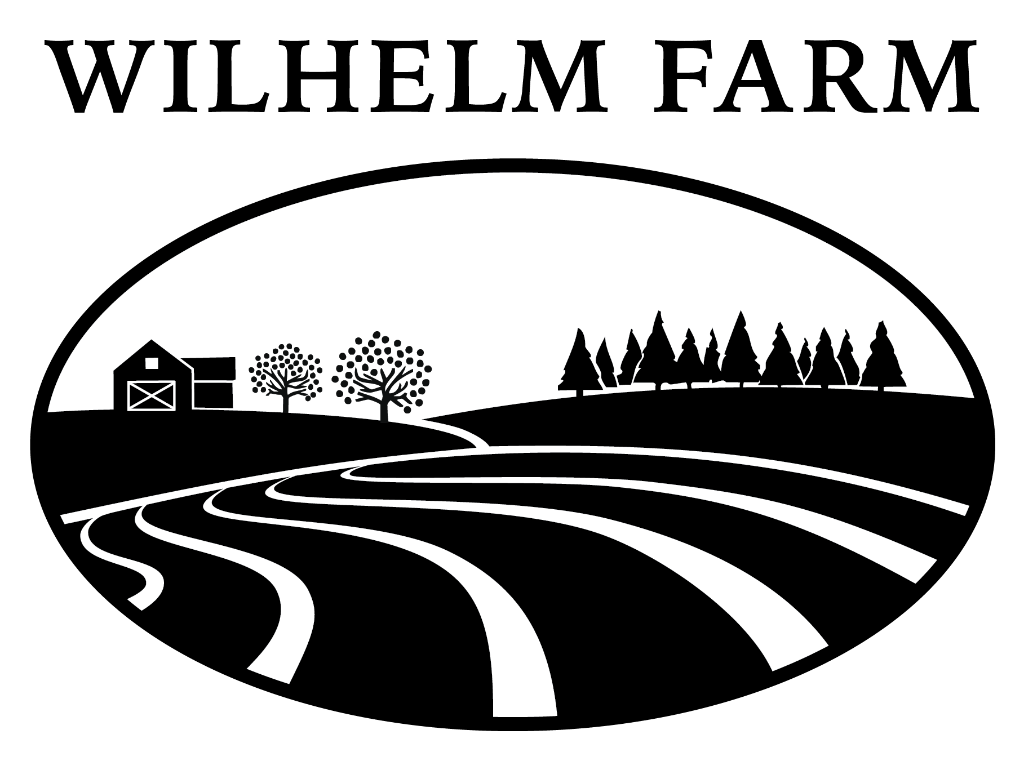Wilhelm Farm as a Demonstration Farm
Connecticut’s office of the USDA Natural Resources Conservation Service awarded Wilhelm Farm a Conservation Innovation Grant (CIG) that began on March 1, 2017 (NRCS CIG: 69-1106-17-56). The grant’s purpose is developing demonstrations of silvopasture and related perennial plant production systems. The demonstrations will be used by NRCS and other er outreach specialists and by practicing landowners. The demonstrations include web pages, videos and social media with a broad reach and traditional on-site demonstrations.
Most of America’s farm and forest lands are held in small ownerships, and this is especially true in Connecticut. Connecticut has over 2.2 million acres of farm and forest. While there are few large ownerships, which are critical sources of food and fiber supply, but about one-third of farms and almost 90% of forest ownership are between one and nine acres in size virtually allof which are family owned. Small ownerships individually are not critical to our food or fiber supply, which is why they often are ignored. In aggregate, however, they provide local food, raw materials and critical environmental services. Effective demonstrations will encourage thousands of small farm and forest owners to adopt silvopasture and other agroforestry technologies.
Small ownerships face the same challenges and opportunities of changing markets that influence all small businesses. On one hand, markets are more global: consumers may obtain food and timber products from around the globe, making it difficult for small landowners to compete. On the other hand, movements to eat locally and support local businesses create niche markets that service specific consumers.
Climate change is an even more powerful global challenge to landowners. Hotter summers, warmer winters and more extreme weather events will affect what Connecticut grows as well as production practices. Integrated farming systems are needed. Flexible but dynamic systems enable landowners to cope with rapid changes in climate and consequent disturbances to political-economic systems. The importance of a regional food system and a resilient landscape cannot be overstated as the country prepares for climate change and other perturbations.
Wilhelm Farm demonstrates the economic and non-economic benefits of family farm and forest ownership. Its webpages and videos are viewed by small farm and forest owners across Connecticut and throughout the Northeast. The demonstrations help families better achieve their goals as landowners.
See our Final Report for more information on the project (Link here). Other demonstration resources are:
Videos
- The Evolution of Permaculture Design on Wilhelm Farm - An overview of permaculture strategies and implementation on Wilhelm Farm.
- Why Goats? - Why goats? Follow the progress at Wilhelm Farm as they integrate goats into their silvopasture project.
- The View From Oscar Wilhelm's Farm - A presentation made to the Yale Forest Forum on 28 March 2019. Topics include the history of Wilhelm Farm, the NRCS Conservation Innovation Grant, potential Connecticut audiences, and future plans for the farm.
- Silvopasture for Family Farms - ideas about how silvopasture and other agroforestry practices might fit into forest and farm ownerships in Connecticut and southern New England.
- Wilhelm Farm Through Time & Space - Seeing the farm and its place in the landscape using historical and current aerial views
- Barn Fields and Trees - An introduction to the Demonstration Farm Project
- Wilhelm Farm Slide Show - A presentation outlining the history of the farm and our stewardship of the land, as well as our plans for the future.
- Managing Our Connecticut Forests - University of Connecticut forestry extension video covering forest management issues
Factsheets
- Factsheet No. 1: A Summary of Agroforestry Systems for Connecticut and New England
- Factsheet No. 2: Considering Silvopasture Systems in Connecticut and Southern New England
- Factsheet No. 3: Wet Pasture into Silvopasture: Guidelines & Steps using Hybrid Poplar
- Factsheet No. 4: Biophysical Metrics for Agroforestry – Measures & Uses of Simple, Inexpensive Information to Guide Management
- Factsheet No. 5: Trees as an investment
- Factsheet No. 6: Timber Prices and Price Projections for Southern New England
- Factsheet No. 7: Forest investments – Wilhelm Farm Examples
- Factsheet No. 8: Windbreaks on Wilhelm Farm
- Factsheet No. 9: A Household Economics Perspective on Small Farm and Forest Ownership
- Factsheet No. 10: Riparian Protection on Wilhelm Farm
- Factsheet No. 11: Potential Impacts of Climate Change on Southern New England Farms and Forests
- Factsheet No. 12: Trees and Brush into Silvopasture: Low-Cost Guideline & Steps Using Goats
- Factsheet No. 13: Forest Farming on Wilhelm Farm
- Factsheet No. 14: Alley Cropping Plans for Wilhelm Farm
- Factsheet No. 15: Permaculture and Landscape Design – Wilhelm Farm Case Study
Other Links and References can be found on these webpages:
- Natural Resources Conservation Service
- Natural Resources Conservation Service - Connecticut
- Forest Service - National homepage
- Forest Service - National Agroforestry Center
- World Agroforestry Centre
- Center for International Forestry Research
